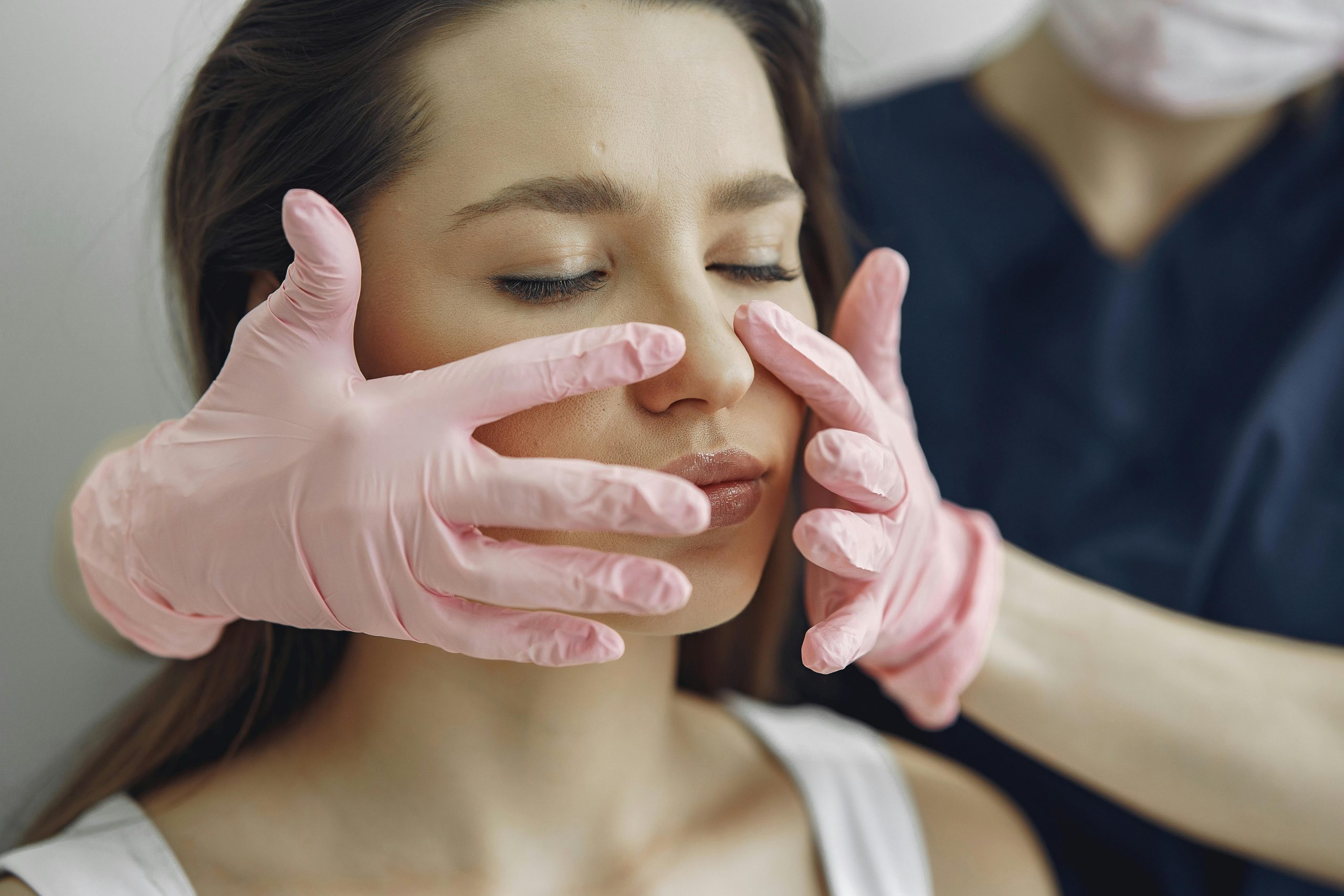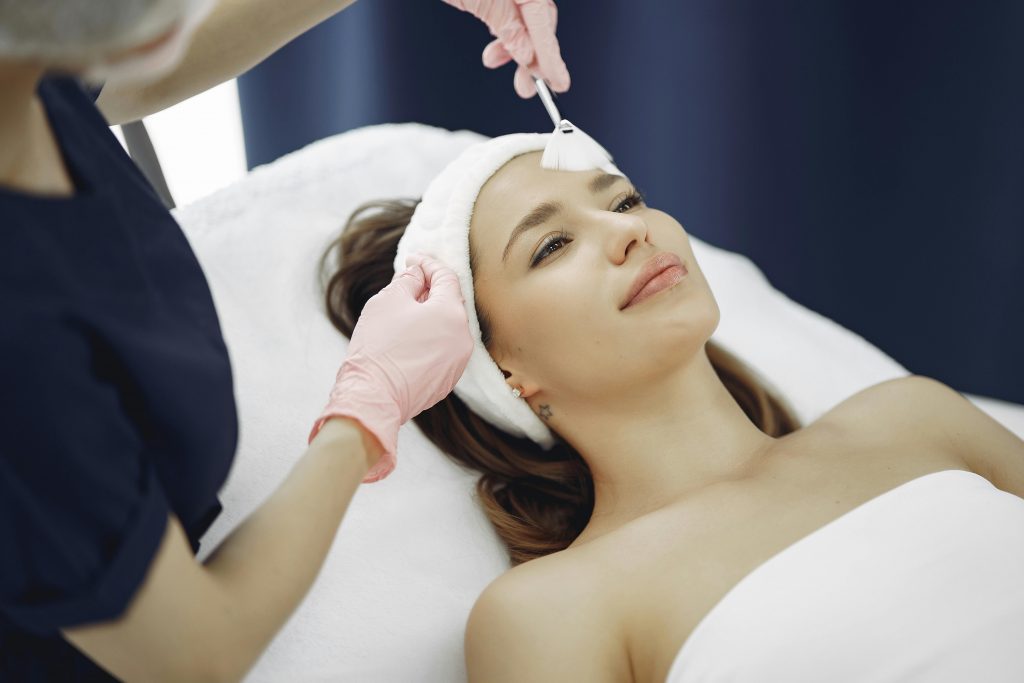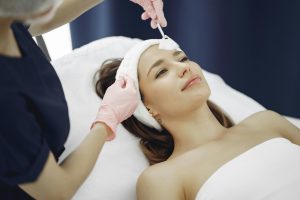Highlights
- Chemical peels effectively treat acne, reduce scars, and improve overall skin texture.
- Different types of peels are tailored to skin type and severity of acne or scarring.
- Proper pre- and post-peel care is essential for safe, optimal results.
- Combining chemical peels with other professional treatments can enhance outcomes.
- Consulting a licensed professional ensures the treatment is safe and customized to your skin.

Acne and acne scars are common concerns affecting people of all ages. While acne can appear as stubborn breakouts, blackheads, or whiteheads, the resulting scars can linger for months or even years, impacting confidence and skin health. Many people rely on over-the-counter products to manage acne, but these often address symptoms rather than long-term improvement.
Chemical peels have emerged as a popular and effective solution for both active acne and acne scarring. By promoting exfoliation, stimulating collagen, and improving skin texture, chemical peels provide visible results while enhancing overall skin health. In this article, we will explore how chemical peels work, the types available, preparation tips, post-treatment care, and the ways they complement other professional skin care treatments.
Understanding Acne and Acne Scars
Causes of Acne
Acne develops when hair follicles become clogged with oil, dead skin cells, and bacteria. Common triggers include:
- Hormonal fluctuations, particularly during adolescence, menstruation, or pregnancy.
- Excess oil production (sebaceous glands).
- Bacterial overgrowth, such as Propionibacterium acnes.
- Lifestyle factors including stress, diet, and inadequate skin care.
Types of Acne Scars
Acne scarring occurs when inflammation damages the skin’s structure. Scars can be classified as:
- Atrophic (Depressed) Scars: Indented scars caused by loss of tissue. Includes icepick, boxcar, and rolling scars.
- Hypertrophic Scars: Raised scars resulting from excess collagen production.
- Discoloration: Post-inflammatory hyperpigmentation, leaving dark spots after the acne has healed.
Scarring not only affects appearance but can also impact self-esteem and confidence. Because topical treatments alone often cannot fully resolve scars, professional interventions like chemical peels are an effective solution.
What Are Chemical Peels?
Chemical peels are professional skin treatments that use acids to exfoliate the outer layers of the skin. This process promotes cell turnover, encourages collagen production, and improves overall skin tone and texture.
How Chemical Peels Work
- The acid solution penetrates the skin to remove damaged cells.
- Stimulates new skin growth, leading to smoother, more even skin.
- Encourages collagen production, which improves firmness and reduces the appearance of scars.
Types of Chemical Peels
- Superficial Peels:
- Mild exfoliation, targeting the outermost layer of skin.
- Ideal for minor acne, fine lines, and discoloration.
- Minimal downtime; mild redness or flaking may occur.
- Medium Peels:
- Penetrate deeper layers to address moderate acne scarring and pigmentation.
- Slightly longer recovery, with noticeable improvement after one session.
- Deep Peels:
- Intensive resurfacing for severe scarring or deep wrinkles.
- Requires medical supervision, longer recovery, and more extensive aftercare.
How Chemical Peels Reduce Acne and Scars
Acne Treatment
Chemical peels are effective in treating active acne by:
- Unclogging pores and removing excess oil.
- Reducing bacterial buildup that can exacerbate breakouts.
- Improving overall skin tone and texture for a healthier appearance.
Scar Reduction
Chemical peels target acne scars by:
- Smoothing uneven skin surfaces.
- Stimulating collagen to fill depressed scars.
- Fading discoloration and hyperpigmentation associated with acne.
Common Acids Used in Peels
- Salicylic Acid: Ideal for acne-prone skin due to its anti-inflammatory and antibacterial properties.
- Glycolic Acid: Exfoliates and stimulates collagen for scar reduction.
- Lactic Acid: Gentle peel for sensitive or dry skin, improving tone and texture.
- Trichloroacetic Acid (TCA): Used in medium and deep peels for more severe scarring.
Preparing for a Chemical Peel
Proper preparation is crucial to ensure safe and effective results.
Consult a Licensed Professional
Before any peel, a licensed aesthetician or dermatologist should evaluate your skin type, acne severity, and scar depth. This ensures the right peel strength and minimizes complications.
Pre-Peel Skin Care
- Exfoliation: Gentle exfoliation removes dead cells, allowing the peel to penetrate evenly.
- Hydration: Well-hydrated skin responds better and heals faster. Moisturizers and hydrating serums are recommended.
- Targeted Pre-Treatments: Mild facials or gentle chemical peels prior to your main treatment can reduce irritation risk.
Tips for Preparation
- Avoid harsh scrubs, retinoids, or at-home chemical peels immediately before your treatment.
- Protect skin from sun exposure and use sunscreen consistently.
- Discuss any skin sensitivities, medications, or allergies with your provider.
By preparing your skin, you create a smoother canvas for the peel, improving results and reducing side effects.
What to Expect During the Procedure

Chemical peel procedures are generally straightforward and safe when performed by a licensed aesthetician or dermatologist, but the experience can vary depending on the type and strength of the peel. Understanding what to expect helps reduce anxiety and ensures you’re fully prepared for the treatment.
Step-by-Step Process
- Skin Cleansing: Before applying the peel, the provider thoroughly cleanses your skin to remove oils, dirt, and makeup. This step ensures the acid penetrates evenly and maximizes effectiveness. Cleansing may also include gentle exfoliation to remove dead skin cells on the surface.
- Application of the Acid Solution: The chemical solution is applied carefully to the treatment area. Depending on the peel type, it may be brushed, rolled, or painted onto the skin. The provider monitors the skin closely during this stage, ensuring the acid is active for the correct duration. Timing is crucial: leaving the solution on too long can cause irritation, while removing it too soon may reduce effectiveness.
- Neutralization or Removal: Some chemical peels require a neutralizing solution to stop the acid’s activity, while others are self-neutralizing and do not require removal. Your provider will follow the appropriate protocol based on the peel type to protect your skin and achieve optimal results.
- Application of Soothing Serums or Masks: After the peel, a soothing serum or mask is applied to calm the skin, reduce redness, and provide hydration. Ingredients like hyaluronic acid, aloe vera, or chamomile may be used to help the skin recover more comfortably.
Sensations During the Procedure
It’s normal to experience sensations during the peel, which can vary depending on the peel’s strength:
- Tingling, warmth, or mild stinging: Common for superficial and medium peels.
- Slight burning sensation: Usually subsides quickly; your provider can adjust application if needed.
- Deep peels: May require local anesthesia or numbing cream to reduce discomfort due to the intensity of the treatment.
Understanding these sensations beforehand can help you remain calm and relaxed during the procedure.
Frequency of Treatments
The number of sessions and timing depend on the type of peel and the severity of your skin concerns:
- Superficial peels: Often repeated every 2–4 weeks. They are gentle enough for more frequent treatments and gradually improve acne and minor scars over multiple sessions.
- Medium peels: Typically administered every 4–6 months. These peels penetrate deeper, producing more noticeable results, and require longer recovery time between sessions.
- Deep peels: Usually performed as a single treatment due to their intensity and long-lasting effects. Deep peels provide dramatic improvements in severe scarring or pigmentation but involve extended recovery and professional supervision.
By understanding each step, sensation, and recommended frequency, you can approach chemical peel treatments with confidence, knowing exactly what to expect for a safe and effective experience.
Post-Treatment Care
Post-peel care is essential for recovery and long-term results.
Immediate Effects
- Redness, mild swelling, and peeling are normal.
- Skin may feel tight or sensitive for several days.
Post-Peel Tips
- Keep skin moisturized and hydrated.
- Avoid sun exposure; use broad-spectrum sunscreen daily.
- Use gentle cleansers and avoid harsh products.
- Monitor skin for unusual reactions and contact your provider if needed.
Recovery Timeline
- Superficial peels: 2–7 days of mild peeling.
- Medium peels: 7–14 days, with more noticeable flaking and redness.
- Deep peels: 2–3 weeks of recovery, sometimes longer.
Combining Chemical Peels with Other Treatments
For optimal acne and scar reduction, chemical peels can be combined with other professional treatments:
- Facials: Maintain hydration and soothe the skin.
- Microneedling: Enhances collagen production and improves scar texture.
- Laser Therapy: Reduces pigmentation and promotes skin rejuvenation.
- Targeted Serums: Vitamin C, hyaluronic acid, and growth factor serums can accelerate healing and results.
Combining these treatments under professional guidance ensures maximum effectiveness and long-term skin health.
Risks and Considerations
While chemical peels are generally safe, understanding potential risks is important.
Possible Side Effects
- Redness, irritation, and peeling.
- Temporary hyperpigmentation or hypopigmentation.
- Rare risk of scarring or infection with deep peels.
Who Should Avoid Peels
- Individuals with highly sensitive or reactive skin.
- Pregnant or nursing individuals.
- People with certain medical conditions or medications affecting skin healing.
Professional Guidance
Consulting a licensed aesthetician or dermatologist is crucial to minimize risks and tailor the treatment to your skin type and goals.
Choosing the Right Med Spa
Selecting a reputable professional ensures safe and effective treatment. Look for a med spa that provides chemical peels with licensed aestheticians, positive reviews, and a thorough consultation process. Ask about:
- Experience with acne and scar treatments.
- Peel types offered and their suitability for your skin.
- Pre- and post-treatment care guidance.
A professional setting ensures your peel is performed safely, with optimal results and minimal downtime.
Conclusion
Chemical peels are a powerful solution for reducing acne and acne scars while improving overall skin texture and appearance. By preparing your skin, selecting the right peel type, and following proper aftercare, you can achieve smoother, healthier, and more radiant skin.
Integrating chemical peels with other professional treatments, like facials or microneedling, further enhances results and supports long-term skin health. Always consult a licensed professional to create a personalized plan, ensuring safety and maximizing benefits.
With consistent care and the guidance of skilled professionals, chemical peels can help you regain confidence and enjoy clear, rejuvenated skin for years to come.



